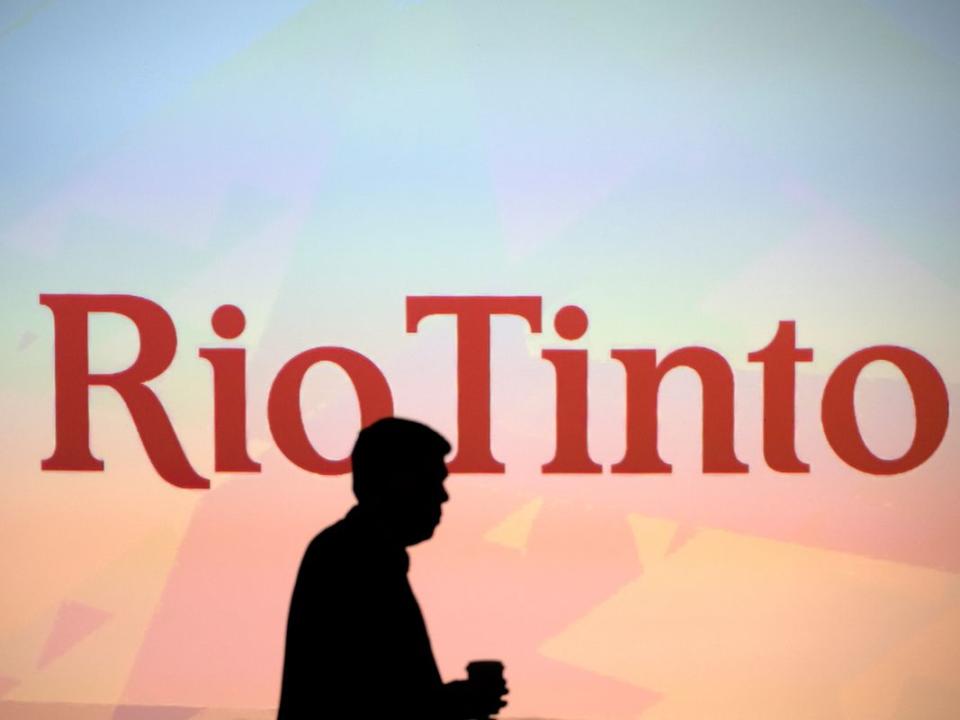Mining giant Rio Tinto dips toes in Canadian lithium projects in rare pursuit of EV metal

Rio Tinto Ltd., one of the world’s largest mining companies, doesn’t currently produce any lithium, but two agreements in as many months with Canadian companies suggest the giant is quietly exploring projects containing the metal that’s expected to play a key role in powering the energy transition away from fossil fuels.
Rio on July 10 signed an option agreement for about $115.7 million with Longueuil, Que.-based Azimut Exploration Inc., giving it the opportunity to own at least 75 per cent of the Corvet and Kaanaayaa lithium properties in Quebec’s Eeyou Istchee James Bay region.
An option agreement doesn’t necessarily mean Rio will own the properties, and the company must fulfil several conditions. For example, to acquire 50 per cent of Azimut’s properties, Rio must spend at least $14 million over four years to explore the projects. To secure an additional 20 per cent, Rio will need to spend an additional $100 million over five years for exploration.
The deal allows the mining giant, which earned US$16.1 billion from its operations last year, to spend a few million dollars to dip its toes into lithium projects owned by Azimut and assess the financial viability of building mines at the locations in the future.
The company in June inked a similar deal with Montreal-based Midland Exploration Inc., which has a market cap of about $45 million, to explore 10 lithium properties in the James Bay region, covering a surface area of about 1,000 square kilometres.
Both deals come after Rio inked a memorandum of understanding with the federal government last month to look for ways in which the miner can contribute to Canada’s low-carbon battery industry in the next decade. Lithium is a key component in electric vehicle batteries.
Canada’s industry minister François-Philippe Champagne, who has been wooing auto and battery makers to Canada over the last two years, told the Financial Post in June he wants Rio to invest more in the country’s battery supply chain.
“Rio Tinto is proud of the work we are doing across Canada,” the company said in a statement on July 10. “We believe Quebec provides the right opportunities for us to continue to expand our business, whether with respect to aluminium, iron and titanium, scandium, or other commodities.”
Aside from the projects in Canada, Rio has three other lithium projects in Argentina, Serbia and the United States it is actively trying to develop.
Canada’s Azimut, which has a market cap of about $105 million, said it was pleased with the Rio deal. At 1 p.m., its shares were trading at $1.30 on the Toronto Stock Exchange, up four per cent from its previous close.
The company, which only began looking for lithium in 2022 after focusing mainly on gold, said that while the deal will concentrate on identifying lithium-cesium-tantalum pegmatites, both properties have the potential to contain gold, copper and nickel.
How Canada’s energy transition push is changing rush for gold
Rio Tinto to invest $1.4 billion to expand Quebec aluminum smelter
China tensions not impacting Chinese-owned Manitoba lithium mine
In an interview with the Financial Post last month, Azimut’s chief executive Jean-Marc Lulin said high demand for lithium compelled the company to shift its focus away from gold.
“At first sight, the lithium demand might be seen as a short-term boom,” he said. “But that’s not the case. The market’s needs are huge, and the existing mines cannot match the needs. We need new mines.”
• Email: nkarim@postmedia.com | Twitter: naimonthefield

 Yahoo Finance
Yahoo Finance 